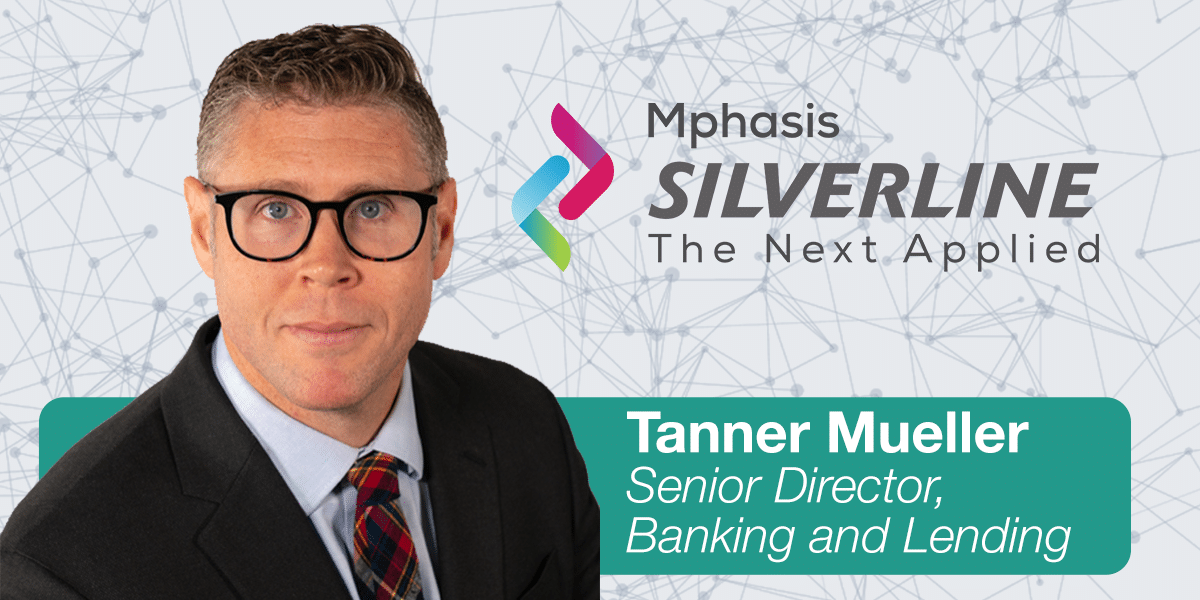A Salesforce survey of senior financial services executives asked how their advisors use customer data to inform their interactions. The report showed that 54% of executives reported data is used only to personalize customer interactions, and only 30% indicated that advisors used the data to inform their immediate decisions during interactions.
This is a missed opportunity since financial institutions are sitting on a ton of valuable data that could be leveraged to make educated business decisions and develop better client relationships. Salesforce Financial Services Cloud comes with standard reports and dashboards, but financial services organizations looking to uplevel their data and analytics game should consider adding CRM Analytics for Financial Services Cloud to their Salesforce tech stack.
Here we share the advantages of CRM Analytics for banking, mortgage, lending, and other financial services organizations looking to grow their understanding of customer behavior, preferences, and trends with a complete customer intelligence solution.
Why consider CRM Analytics?
CRM Analytics is a cloud-based platform for connecting data from multiple sources, creating interactive views of that data, and sharing those views in apps. With CRM Analytics, your team can:
- Discover the full story of your data: Connect external data with Salesforce data for a single view of your customer.
- Uncover actionable insights built for your business: Infuse department and industry-specific native analytics into every business process for every Salesforce user.
- Make smarter decisions in Salesforce workflow: Act and collaborate on transparent, AI-powered predictions and prescriptive recommendations for better business results.
- Scale quickly for your enterprise: Auto-scale across all users and billions of rows in seconds on the world’s most trusted cloud.
Salesforce standard reports and dashboards have limitations. You can’t take action on the data because it is restricted to the data that is in Salesforce. Only CRM Analytics can pull in data from across your financial institution’s systems, bring it into Salesforce, and report on the data – without the data ever being in Salesforce. In addition, CRM Analytics allows more powerful queries for three+ objects versus the standard simple queries with only two objects max.
What are some common banking use cases for CRM Analytics?
Let’s look at some use cases across mortgage, retail lending, and commercial lending. Keep in mind that the CRM Analytics capabilities could be mixed and matched across these use cases to align with your organization’s exact needs.
Mortgage
- Cross-selling and upselling: Mortgage officers can analyze customer data and purchase patterns to proactively offer relevant products to existing customers, which in turn increases revenue and customer loyalty.
- Predictive analytics for market trends: Analyze market trends, economic indicators, and historical mortgage data to predict market shifts, interest rate fluctuations, and customer demand. This feature enables lenders to adapt strategies, pricing models, and product offerings to remain competitive.
Retail lending
- Customer segmentation: Segment customers based on various criteria such as demographics, transaction history, behavior patterns, and product preference to personalize marketing strategies and offer targeted product recommendations.
- Churn prediction and retention: Identify customers at risk of churning or switching to competitors by analyzing historical data, transaction patterns, and customer interactions. The models will provide early warning signs and enable proactive retention efforts such as personalized offers and loyalty programs.
Commercial lending
- Loan performance analysis: Lenders can analyze loan performance metrics such as delinquency rates, prepayment rates, or loan loss ratios to identify patterns and trends, evaluate the effectiveness of underwriting criteria, and refine risk management strategies.
- Deposit outreach: Commercial lenders can identify the top shifts of a deposit formula by dollars or by percentages and quickly take action with proactive outreach or dropping into a campaign.
How can CRM Analytics help banks with deposit flow?
As we mentioned earlier, deposits are constantly fluctuating by a certain dollar amount or percentage, and bankers need to be able to identify these fluctuations and act on them quickly.
Silverline’s approach to deposit flow for bankers focuses on designing and building a Salesforce CRM Analytics visualization to alert bankers to deposit flow activity within their portfolio. The goal is to allow bankers to:
- See dashboards and alerts in a timely manner.
- Interact and disposition their alerts.
- Complete reactive or proactive high-impact touchpoints with those clients.
- Easily measure which bankers have dispositioned and which have not.
How can financial institutions leverage CRM Analytics with Einstein Discovery and Einstein Next Best Action?
Einstein Discovery augments your data analysis by exposing relevant facts, themes, and statistical correlations in your data by employing advanced AI and machine learning algorithms. Einstein Discovery walks you through what has happened and why, what has changed, what is likely to happen, and what you can do about it. Some of the use cases Silverline has been working on with Financial Institutions utilizing Einstein Discovery include:
- Customer segmentation and personalization: Gain a deeper understanding of your customer base by analyzing customer data including demographics, transaction history and customer interactions. Einstein Discovery can identify different customer segments with unique preferences, behaviors and needs.
- Fraud detection and risk management: Detect fraudulent activities by analyzing historical data and transaction patterns to identify suspicious behaviors, unusual transactions or potential fraud indicators.
- Customer churn: Predict likelihood of customer churn by evaluating patterns, correlations, and relationships that may be indicative of customer churn.
Einstein Next Best Action allows you to display the right recommendations to the right people at the right time. It delivers real-time, AI-powered recommendations to frontline staff, enabling them to engage with financial customers more effectively, offer personalized solutions, and enhance the overall customer experience. Let’s use the Customer Churn Einstein Discovery model as an example:
Once the Einstein Discovery model has returned a prediction that a customer has a high likelihood of churn, you can surface one or several Actionable Recommendations utilizing Einstein Next Best Action. You can develop different strategies and take proactive measures to reduce customer churn. These strategies/actions may include targeted retention campaigns, personalized offers, improved customer service, or product enhancements.
How can Silverline help financial services institutions?
The Silverline financial services team leverages insight acquired through 10+ years in the business and thousands of engagements, along with real-world industry expertise gained across banks and credit unions, mortgage companies, wealth management firms, investment banks, hedge funds, and insurance companies.
From strategy and implementation to managed services, we guide clients through every phase of their Salesforce journey with tailored solutions for data, analytics, and more to help keep your focus on customer needs with every interaction.
Find out how Silverline can help enable continuous value with the Salesforce platform.




